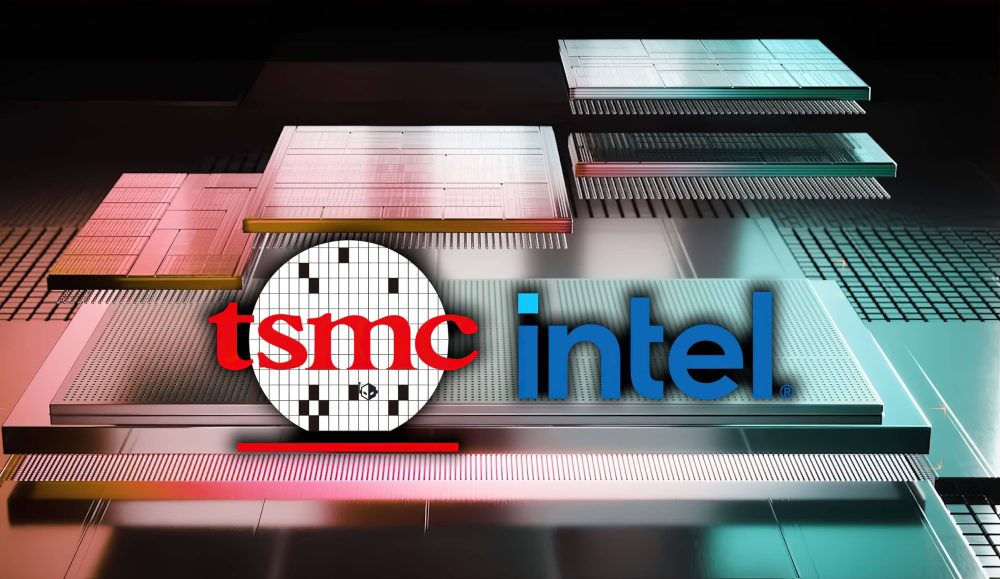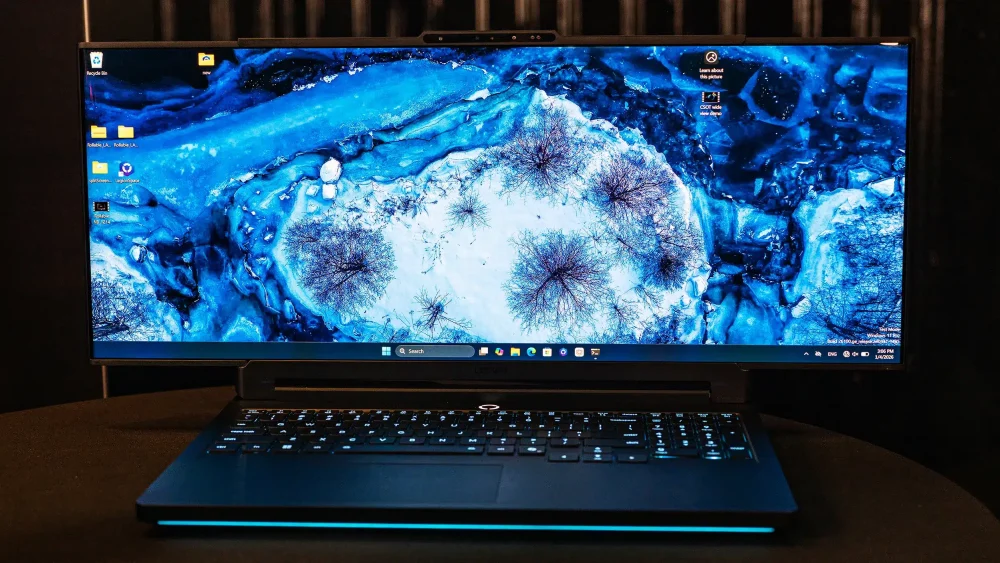The U.S. government just fired another salvo in its silicon-fueled trade offensive. This time, it’s not about whether semiconductor tariffs are coming — it’s how brutal they’ll be.
The Commerce Department has launched a sweeping national security probe targeting semiconductor imports, chipmaking equipment, and downstream products that contain semiconductors — basically, everything with a circuit. The stated goal? To gauge whether America’s heavy reliance on foreign tech poses a national threat and if new tariffs are the antidote.
But let’s be real: This “investigation” under Section 232 of the Trade Expansion Act is the clearest prelude yet to a new round of tech tariffs. Think of Trump’s “reciprocal tariffs” with a sharper edge and aimed squarely at chips.
Despite temporary exemptions announced last Friday, semiconductors and electronics are officially on the chopping block. As of Monday’s notice in the Federal Register, the industry is on high alert. The comment window is a brief 21 days, but the direction is already clear: onshore, or brace for impact.
Commerce Secretary Howard Lutnick didn’t bother with subtlety. “Separate tariffs for semiconductors and electronics are coming in probably a month or two,” he told ABC News. Meanwhile, Trump has teased fresh rates on chip imports “next week,” with potential “flexibility” — whatever that means — for certain companies. Spoiler: Intel is probably one of them.
Who Stands to Win?
Enter Intel Foundry, battered but emboldened. While critics point to its underwhelming output, the company’s 18A process and domestic manufacturing footprint make it the poster child for the administration’s “America First” chip crusade. The Commerce probe is basically a love letter to U.S.-based fabs. If you’re building in Arizona, you’re golden.
And guess who else is hedging? TSMC. The Taiwanese giant just pledged another $100 billion into U.S.-based manufacturing. Coincidence? Not a chance. TSMC sees the writing on the (Federal Register) wall.
Chips as a National Defense Line
This isn’t just industrial policy—it’s strategic muscle-flexing. With growing fears over export restrictions from chip powerhouses like Taiwan and Korea, the U.S. is scrambling to bring the supply chain home. The CHIPS and Science Act’s $280 billion in funding was just the warm-up. Now, it’s about enforcement.
From Nvidia’s plans to build AI supercomputers domestically to intensified scrutiny over imported wafers and lithography tools, Washington is getting serious. The message is blunt: America wants its chips made in America, by Americans, on American soil.
The Global Fallout
But this aggressive push risks igniting a new phase of the global chip war. Allies turned suppliers may soon face the wrath of tariffs unless they play ball — or at least build fabs stateside. The fallout could be massive, rippling through consumer tech, automotive, AI, and even defense sectors.
In short, the Silicon turf war just escalated. Intel might be riding the wave, but for the rest of the world’s chipmakers, the storm is just beginning.


